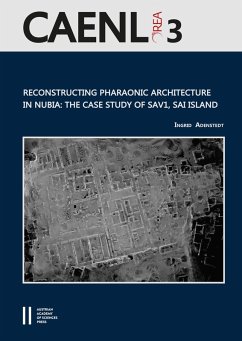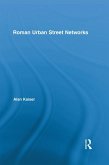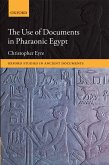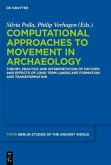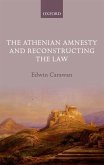New fieldwork in Egyptian settlements in Upper Nubia (Northern Sudan) - mainly Amara-West, Sesebi and on Sai Island - is geared to improve our fragmentary knowledge of the settlement and population structure as well as the material culture of this area during the New Kingdom. This publication presents the results of the building research undertaken on Sai Island in course of the START and ERC project "AcrossBorders" under the directorship of Julia Budka. The orthogonally planned town on Sai was in parts excavated by a French team in the 1950s and 1970s; the work concentrated on the southern part of the settlement, labelled SAV1. Thereby, different town sectors surrounded by an enclosure wall could be identified, which represent the presumed classic structure of fortified Egyptian towns of the New Kingdom in Nubia: a sandstone temple, several storage rooms, domestic houses as well as a so-called governor's residence were uncovered, all datable to the 18th Dynasty. The entire area is set in a grid-like structure, which is common for planned Egyptian towns. During two field campaigns in 2013 and 2014, this southern part of the settlement was revisited and newly assessed, including a survey with a 3-D laser scanner as well as a building analysis. The results of this work are now being presented in this publication. Next to a detailed description and building-historical assessment of the individual structures, the building remains are illustrated by manifold plans and 3-D reconstructions. The publication aims to deepen our understanding of the settlement structures and the Pharaonic architecture on Sai Island and to serve as a case study for one of the so-called Nubian temple towns of the New Kingdom.
Dieser Download kann aus rechtlichen Gründen nur mit Rechnungsadresse in A, D ausgeliefert werden.

